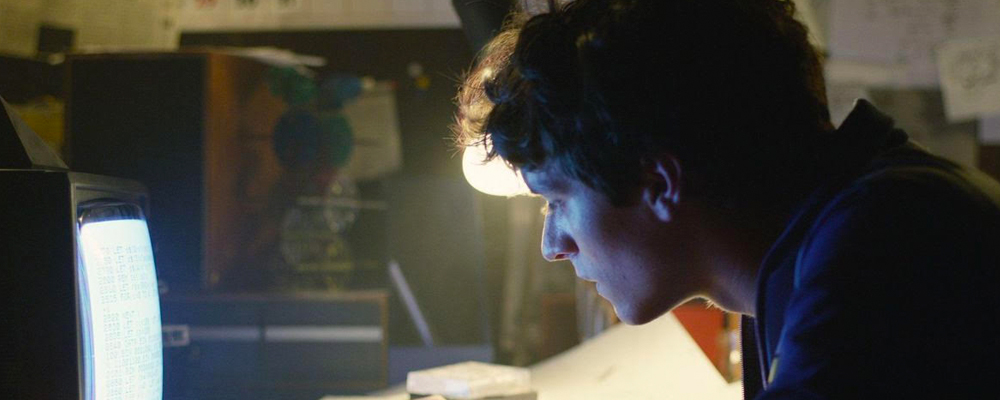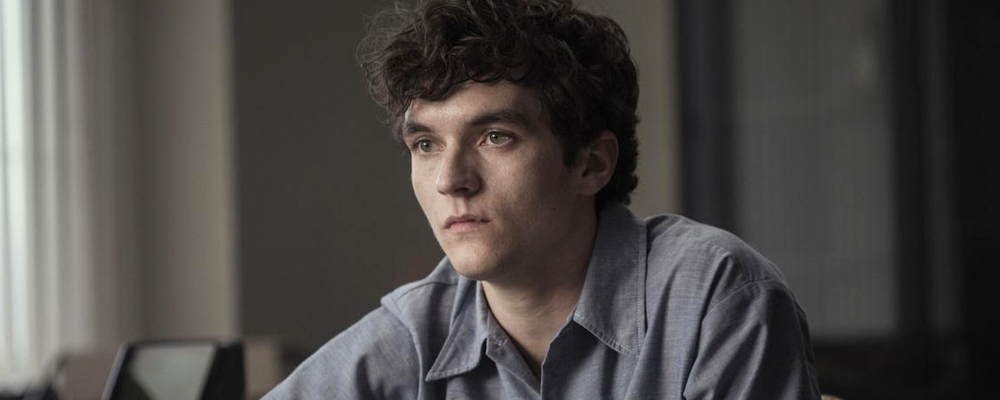‘Black Mirror’ Returns to Pull You Into the Diabolical Interactive Experience of ‘Bandersnatch’
Alci Rengifo
Charlie Brooker has decided to literally immerse viewers into the latest installment of his cult hit “Black Mirror.” No other show has captured with such hypnotic and absorbing dread the ongoing marriage between our species and technology. The best of its kind since “The Twilight Zone,” Brooker’s fiendishly bleak anthology series continuously twists and bends reality. But with “Bandersnatch,” essentially a movie released ahead of the Netflix show’s highly anticipated fifth season slated for next year, Brooker and his team have delivered something new and quite brilliant. It is an interactive experience in which viewers can choose various outcomes, twists and actions, becoming themselves characters in the story.
In reviewing “Bandersnatch” one has to stay close to the essentials of the movie’s idea, because the design of its interactive format is such a delicate series of threads. But the main character is Stefan (Fionn Whitehead), a teenager in 1984 who is obsessed with designing a video game based on a multiple choice novel named “Bandersnatch.” The author of the novel is known to have gone insane and committed murder while crafting the complexities of his fantasy world. Stefan takes a demo of his game to a company run by Mohan Tucker (Asim Chaudhry), who is greedily enthusiastic about the potentials for Stefan’s creation. We also meet an established game designer named Colin Ritman (Will Poulter), who advises Stefan on the obsessive wormhole that comes with crafting a pristine game. As Stefan begins to work on “Bandersnatch,” he runs the risk of mixing his work with personal demons from the past, and an obsession with his fantasy creation that could spiral into insanity.
“Bandersnatch” delivers everything longtime “Black Mirror” fans have come to expect from the series, from the apocalyptic mixture of humans and technology to pop culture references galore. What Brooker and director David Slade masterfully pull off is maintaining the show’s style while transforming this movie into an interactive experience that is sure to obsess viewers. The format is quite simple. You begin streaming the episode and as the story progress two clear options will appear on the bottom of the screen. At first the decisions seem rather simple. Should Stefan eat Wheaties or Sugar Puffs for breakfast? Which cassette should he pop into his tape player? But as the story progresses the options become more consequential and even hair-raising. Should a character live or die? Should Stefan take a drug offered by Ritman? Such are the options you will be given to select from. Something as minute as what should be the code to open a safe could have immense consequences. It has been reported that in total this movie contains 312 minutes of footage, so you can imagine the multiple layers to be played with. The design itself of the episode never allows this feature to be turned into a gimmick however. It is a powerfully effective storytelling tool that makes the plot more riveting. Notice how when the decision options appear, the scene gives you time to choose, building tension as the characters and yourself are deciding. While the idea of interactive, decision-based media has been around for years in both home media and computer gaming, Brooker’s aim here is to truly use it as narrative. The effect is so striking for a viewer’s experience in connecting with the story that you can surely expect imitators soon.
Brooker’s script is an ingenious combination of paranoid drama and pop culture nostalgia. He uses the very nature of video games to explore life’s what ifs, while at the same time diving into the madness that comes with isolation. Himself a former video game reviewer, Brooker knows this world inside and out, and the language and settings add an eerie spin to the gaming world. Of course Stefan’s descent into obsessed paranoia, huddling next to his computer, writing code while beginning to lose touch with reality, could be applied to many creative fields when tortured minds are at work. David Slade, who has directed for surreal TV banquets like “Hannibal” and “American Gods,” as well as the season four “Black Mirror” episode “Metalhead,” finds a gritty and gothic tone, turning the idea of video game design into a hallucinatory fever dream. Fans of Brooker’s award-winning cult episode “San Junipero” will bask in “Bandersnatch’s” dip into 1980s nostalgia, where you get to choose if Stefan should listen to the Thompsons Twins or an early Now That’s What I Call Music mix.
No more should be said. “Bandersnatch” is meant to be discovered by viewers who enter its labyrinth and obsession with choice. As fans eagerly anticipate what Brooker and his collaborators have been crafting for season five of “Black Mirror,” here is a groundbreaking experiment in interactive filmmaking. The beauty is that it is indeed a mirror reflection of life. We make choices, some big, some small, some quite fateful, if not ever murderous as in a thriller.
“Black Mirror: Bandersnatch” premieres Dec. 28 on Netflix.




